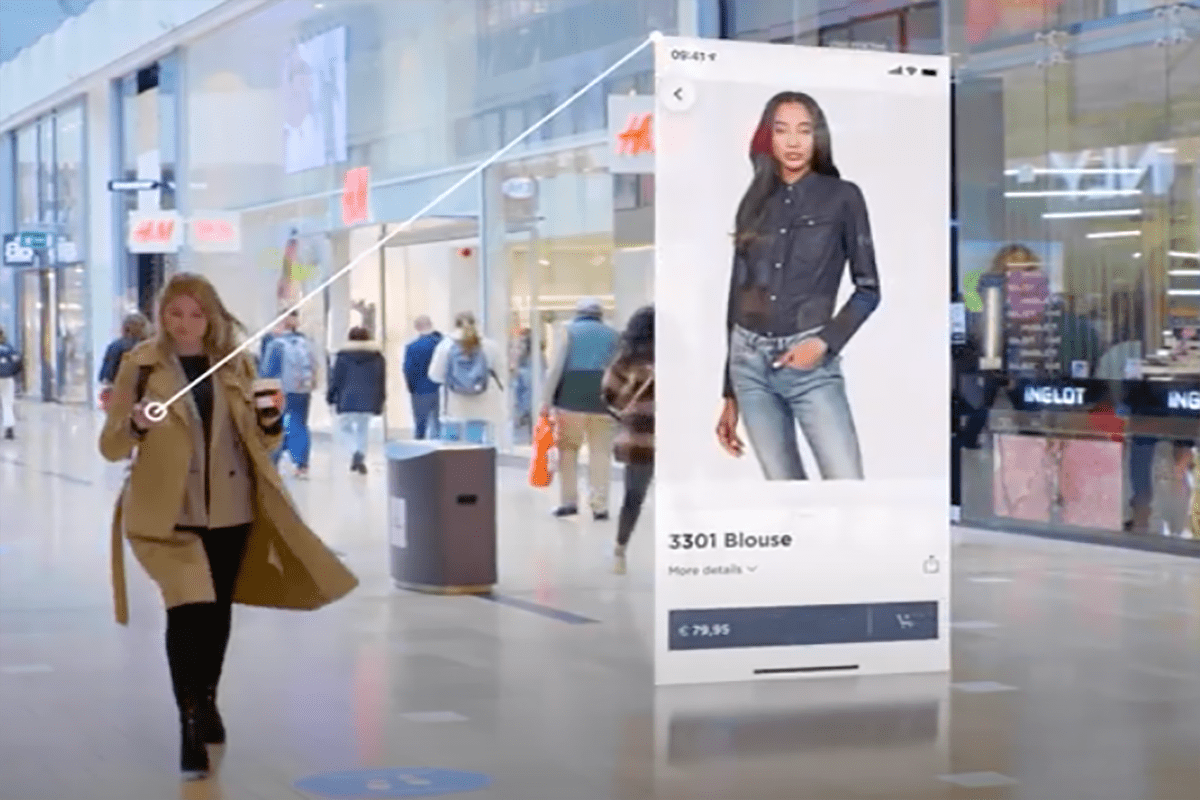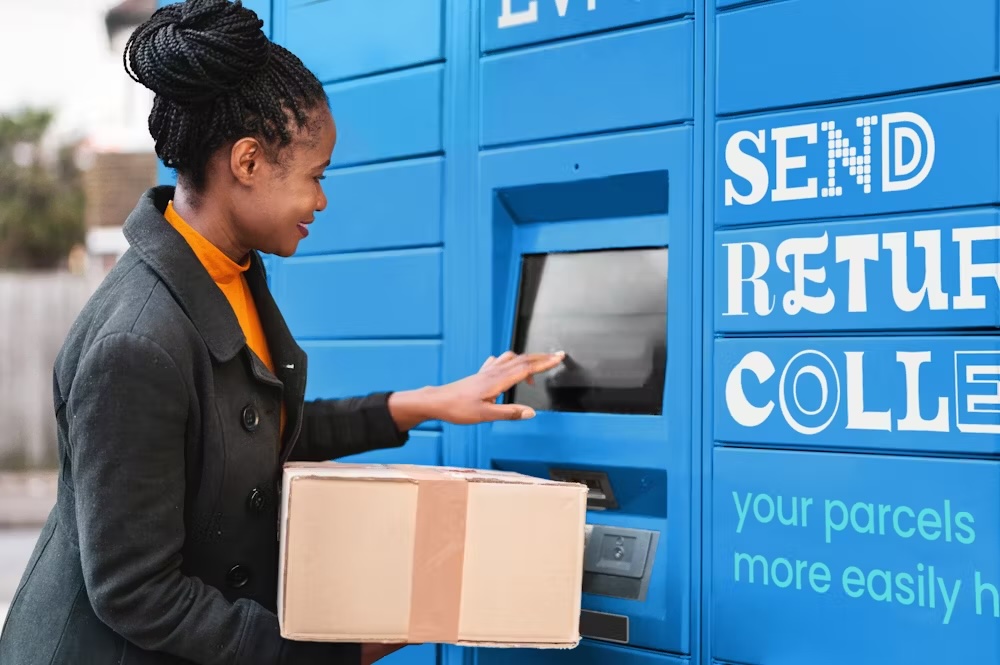Mobile continues to reshape the evolving, pandemic retail landscape, with many retailers finding innovative, new ways to use the technology to enhance what they do online and in-store, as well as creating some interesting new services.
Mobile is set to account for 35% of all peak shopping orders this year, based on data from 2019 and analysis of how 2020 has shaped up so far, according to CJ Affiliate’s 2020 Holiday Intelligence Report. This, the company says, reflects a 10% year-on-year increase, showing that mobile is increasingly being used to place orders rather than simply browsing products.
In categories such as clothing and apparel and beauty, mobile phone orders were even higher, at 40%, and 44% for accessories.
This is now seriously eroding desktop’s position as the channel of choice for shopping.
This consumer move to mobile hasn’t been lost on many retailers and already we are seeing increased interest in using the channel. But what is perhaps more interesting is that, while many retailers are only now just getting to grips with the mobile channel, some retailers are already moving ahead with making new and innovative use of the technology to take retail in new directions.
Chief among these is fashion retailer G-Star, which is the first retailer in the UK to use Apple’s new App Clips feature to make mobile a much easier integration into the online and real-world shopping process.
App Clips, put simply, allows for mobile users to trigger access to parts of apps without having to download the whole app. For G-Star, this involves the shopper scanning a QR code to be presented with the relevant product parts of its app to see different sizes, colours and more details of items.
This works well in-store to improve browsing, as well as linking the shop window – even perhaps in lockdown – to the online channel.
This has two massive advantages for retailers. Firstly, it makes it possible to easily enrich the store experience with the best bits of the internet, even making it possible to make closed shops shoppable – something worth exploring as lockdowns look likely to continue to roll around us all region by region.
Secondly, it suddenly makes retailer apps way more valuable. Apps are cool but are expensive. The investment can be hard to justify as many people download and never use. They are also hard to use on the fly, as, if you don’t already have it on your phone, then to make use of it in-store requires downloading and faffing with all that.
This takes all that away and makes apps useful whether you have them installed or not. This is perhaps one of the biggest breakthroughs in m-retailing this year and we want to see much more of this sort of thing.
Another mobile move that is also driving things in a new direction is the tie up between mobile and packaging. While Amazon has messed about with adding AR pumpkins to its boxes for Halloween, Yeo Valley is taking things quite a bit further.
It is making all its packaging scannable by QR – or ‘Moo-R’, as the dairy producer would have it – firing up information on products, recipes, sustainability and the organic farming cause.
Finnish organic make-up brand Luonkos is doing something similar with a company called Magic Add, which seeks to make packaging the jumping off point for an internet journey.
This move to use mobile to make packaging a digital asset is interesting for a number of reasons. Firstly, it makes the packaging more interesting and useful. This in turn makes it seem less like a waste of materials making the packaging in the first place.
Secondly, it is a great way of disseminating more information than can be fitted on a package – saving ink too – allowing the brand or retailer to offer much more detail about the provenance of products, other similar products and, as Yeo Valley has shown, recipes and more.
But it has another great advantage: data. While it gives much to consumers, just think about what it can tell retailers and brands about the people that are literally holding their product in their hand when they go online?
These are just two of the ways in which mobile is coming to dominate ecommerce and take it in new directions. As peak season gets underway and the pandemic shows no sign of abating globally, expect to see more of these sorts of smartphone-led innovations as we race towards Christmas.









